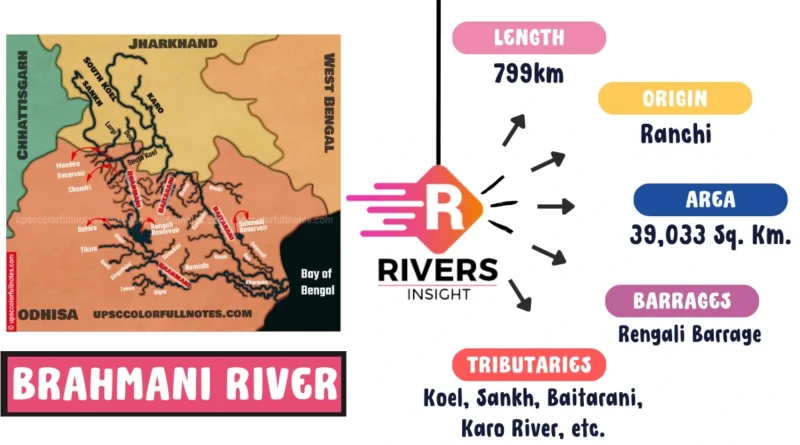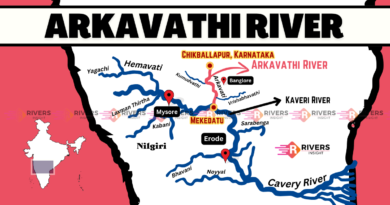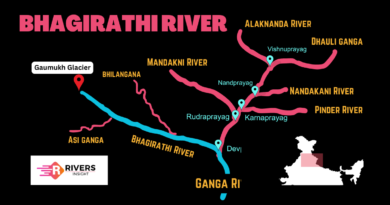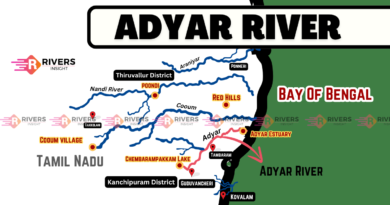Brahmani River
In the eastern Indian state of Odisha, the Brahmani River is a prominent seasonal river. The Sankh and South Koel rivers’ confluence marks the origin of this region. Together with the Baitarani River, it forms a wide delta that eventually empties into the Bay of Bengal close to Dhamra.
The Brahmani River, which is the second-widest river in Odisha after the Mahanadi, is noteworthy for being one of the few rivers that sculpt a small gorge through the Eastern Ghats. Further, it flows through the states of Odisha, Jharkhand, and Chhattisgarh, influencing people’s lives and adding to the distinctive natural and cultural features of each area.
Table of Contents
Physical Characteristics of Brahmani River
1. Origin
- Originates in Nagri village, Ranchi, Jharkhand.
- The elevation at the source is approximately 600 meters.
2. Length and Drainage Basin
- The Brahmani River stretches across 799 kilometers.
- Forms a sprawling drainage basin, contributing to the creation of a vast delta where it meets the Bay of Bengal.
3. Course
At an elevation of roughly 600 meters, the Brahmani River starts its flow near Nagri village, Ranchi, Jharkhand. It forms the Gangpur Basin and flows southward through the valleys carved out by the Garhjat Hills. It then joins the Bay of Bengal near Dhamra, forming a large delta. Further, the river forms a significant confluence with the Baitarani River.
4. Tributaries
The following are the tributaries of the Brahmani River:
- Koel River
- Sankh River
- South Koel River
- Baitarani River
- Karo River
- Kuradhi River
- Mankara River
- Samakoi River
- Ramiala River
- Rukura River
- Gohira River
- Nigra River
Infrastructure Development: Rengali Dam and Barrage Construction
Human intervention in the form of substantial infrastructure stands out among the deltaic region’s natural beauty, signifying the region’s dedication to harnessing the Brahmani River’s potential for a range of uses.
- Rengali Dam: In the Indian state of Odisha, the Rengali Dam, which spans the Brahmani River, is a monument to engineering feats. This marvel of infrastructure is essential for power generating, flood control, and water storage. It benefits the ecology and the human settlements along the riverbanks by guaranteeing a controlled flow of water downstream in addition to supporting agricultural practices.
- Barrage Construction: A barrage is being built as part of an ongoing project downstream of the Rengali Dam. With the help of this infrastructure project, flood management capacities will be improved and the river’s water flow will be regulated under control. By capturing and rerouting flood flows through two canal systems, the barrage is intended to improve the region’s water resource efficiency.
Also Read: Teesta River
Conclusion
In conclusion, the Brahmani River serves as more than just a river; for the inhabitants of eastern India, it is a means of survival. Its significance in influencing the environment and the lives of individuals who live along its banks is highlighted by its geographical, historical, and cultural significance. The river is still a representation of resiliency and connectivity in the richly varied fabric of eastern India. It flows through time.
Thank You!




